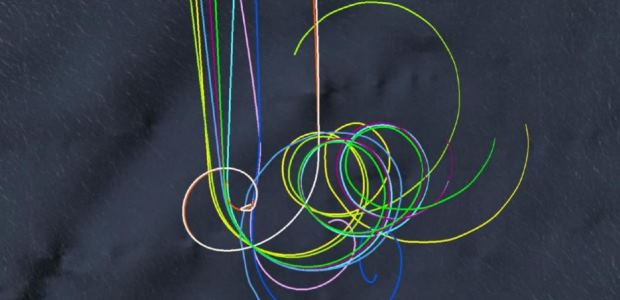
New Report Plots MH370's Final Plunge
A report from the search's lead agency, the Australian Transport Safety Bureau, includes several calculated flight paths the aircraft may have taken as it plunged toward the ocean. The report also explains why investigators concluded a recovered flaperon was retracted upon impact.
A new report from the Australian Transport Safety Bureau, which has been leading the underwater search in the southern Indian Ocean for the wreckage of the missing MH370 jetliner, includes several calculated flight paths the Boeing 777-200ER aircraft may have taken as it plunged toward the ocean. The report also explains why investigators concluded that a recovered flaperon was retracted upon impact, meaning it was not extended in anticipation of landing the plane, either on land or in the water.
The report bolsters the theories that the Malaysian Airlines jet was not being piloted when it veered off course and ultimately ran out of fuel and crashed into the sea.
The plane disappeared from air traffic control radar March 8, 2014, after taking off from Kuala Lumpur on a flight to Beijing with 227 passengers and 12 crew on board. Analysis of satellite data indicated the plane went down in the southern Indian Ocean where the search has been taking place.
An illustration of the possible flight paths in the report says they resulted from additional engineering simulations this year, and the results -- shown in the photo accompanying this news story -- are all aligned to the point two minutes after the loss of power from the plane's engines, which is the theorized time the plane automatically sent a pinging signal that has helped searchers establish a search area.
"Additional analysis of the burst frequency offsets associated with the final satellite communications to and from the aircraft is consistent with the aircraft being in a high and increasing rate of descent" when it hit the water, the report says. "Additionally, the wing flap debris analysis reduced the likelihood of end-of-flight scenarios involving flap deployment."